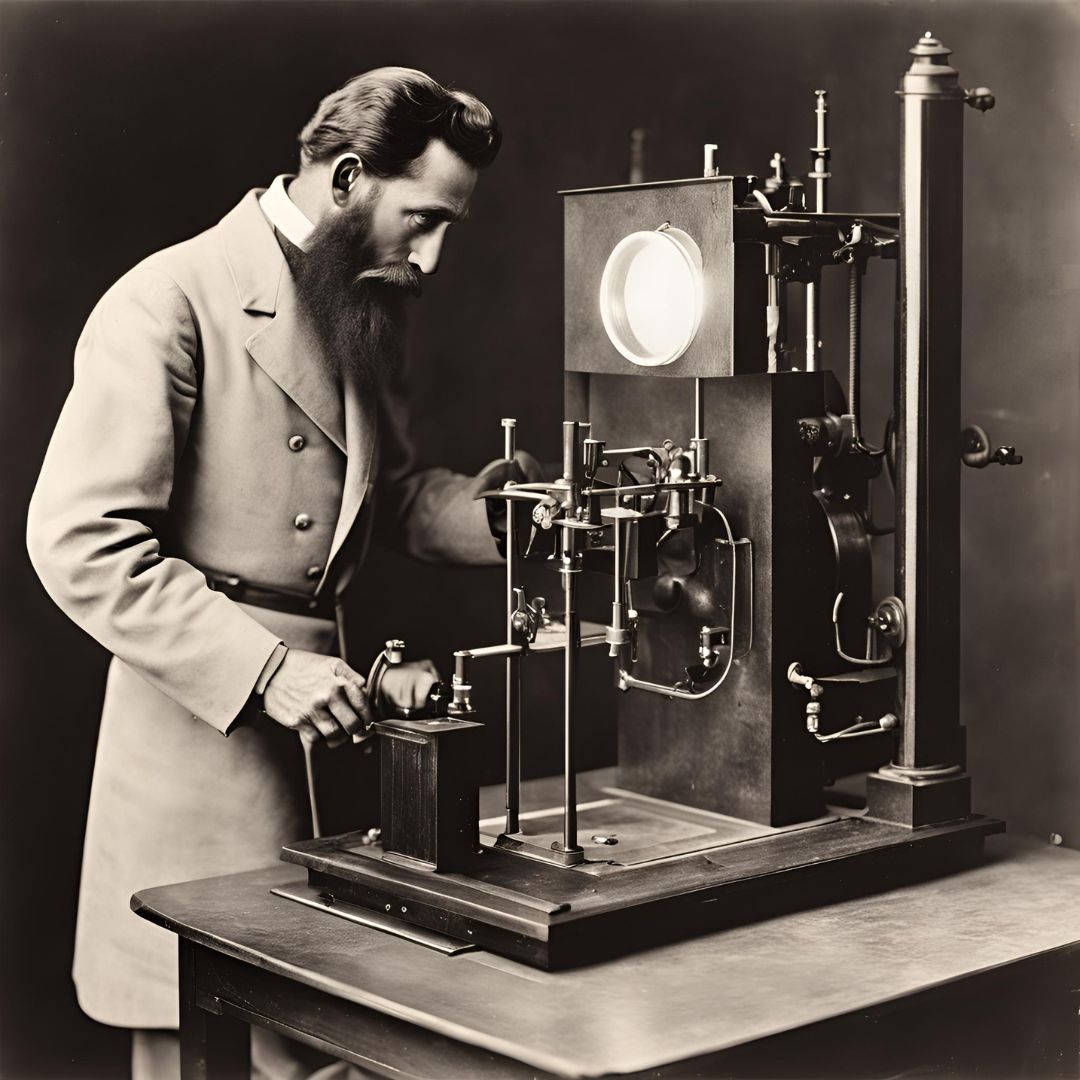I’ve had the privilege of witnessing some incredible advancements in healthcare. Over the years, our ability to treat diseases, improve patient outcomes, and extend life has grown exponentially. But what excites me the most is the future. The changes on the horizon are set to revolutionize how we approach healthcare, making it more personalized, accessible, and efficient than ever before.
Let me walk you through where we’re headed.
Personalized Medicine: Tailoring Treatment to You
One of the most exciting developments in healthcare is personalized medicine. No two people are alike, so why should treatments be one-size-fits-all? Personalized medicine is all about creating therapies that are specifically designed for an individual based on their genetics, lifestyle, and environment. This approach could dramatically increase the effectiveness of treatments while reducing side effects.
Imagine being able to receive a cancer treatment that targets only the cancerous cells in your body, leaving healthy cells untouched. This is not science fiction; we are moving toward a future where treatments are as unique as the people receiving them. And with advancements in genetic testing and artificial intelligence, this future is closer than we think.

Artificial Intelligence in Healthcare: Smarter, Faster, Better
Artificial Intelligence (AI) is poised to change the way we diagnose and treat illnesses. AI systems can analyze vast amounts of data quickly and accurately, helping doctors make better decisions and even predicting health problems before they arise. Whether it’s interpreting medical images, suggesting treatment plans, or monitoring patient vitals in real-time, AI is becoming an indispensable tool in modern medicine.
I’ve seen AI-assisted diagnostic tools make remarkable progress in the early detection of diseases like cancer and heart conditions. These systems can identify patterns in medical data that humans might miss, leading to earlier and more accurate diagnoses. The potential here is enormous—AI will not replace doctors, but it will empower them to provide better care.
Telemedicine: Healthcare at Your Fingertips
The global pandemic accelerated the adoption of telemedicine, and it’s here to stay. Telemedicine allows patients to consult with doctors from the comfort of their own homes, which is not only convenient but also critical for those who live in remote areas or have mobility issues.
In the future, we can expect telemedicine to evolve further. Virtual doctor visits will become more sophisticated, and with the help of wearable health devices, patients will be able to send real-time health data to their physicians. This will allow for more continuous care, where doctors can monitor patients over time, catching issues before they become serious. The future of healthcare will be wherever you are—at home, on the go, or anywhere else.

Gene Therapy: Rewriting the Future of Disease
Gene therapy has the potential to cure genetic disorders by correcting the underlying cause—our DNA. This technique involves altering a person’s genes to treat or prevent disease. It sounds like something out of a sci-fi movie, but gene therapy is already being used to treat conditions like certain cancers and rare genetic disorders.
In the future, I believe gene therapy will become more widespread, helping to eliminate diseases that were once thought incurable. It’s a game-changer for conditions like cystic fibrosis, hemophilia, and sickle cell anemia, where current treatments manage symptoms but don’t address the root cause. With gene therapy, we could potentially cure these diseases permanently.
3D Printing: Building the Future One Layer at a Time
3D printing technology is advancing quickly in healthcare. Today, we’re using it to create prosthetics, surgical tools, and even implants that are custom-made for patients. But the future holds even more promise—one day, we might be able to 3D print entire organs for transplantation.
This would address the critical shortage of donor organs and save countless lives. Imagine a world where someone needing a heart transplant could have one printed on demand, perfectly matching their body. This is the future we are working toward, and it’s one of the most exciting developments in biomedical engineering.

Regenerative Medicine: Healing from Within
Regenerative medicine is another area set to transform healthcare. This branch of medicine aims to repair or replace damaged cells, tissues, and organs. Through techniques like stem cell therapy, we’re beginning to regenerate tissues and even organs from a patient’s own cells.
The implications of this are profound. Imagine being able to regrow damaged heart tissue after a heart attack or even regenerate nerve cells to treat spinal cord injuries. Regenerative medicine offers hope to millions of people suffering from conditions that were once considered irreversible.






